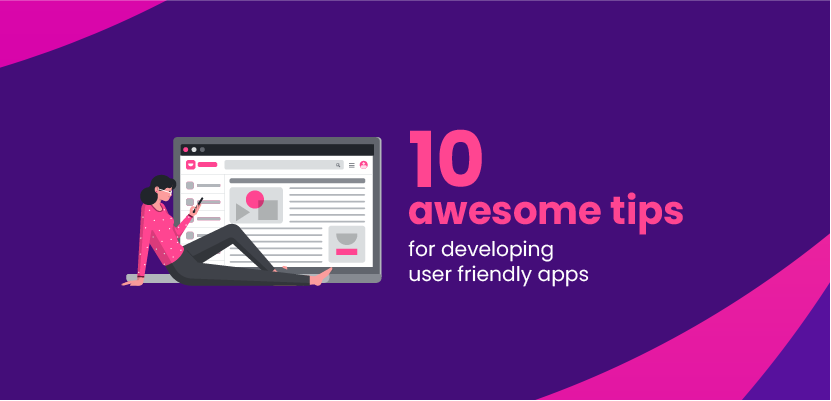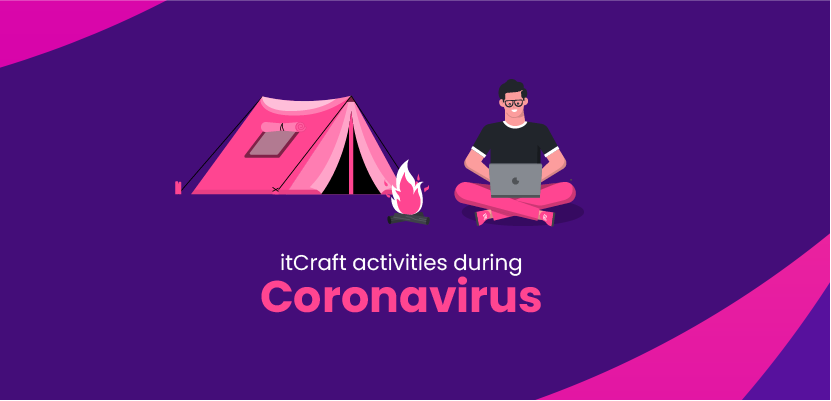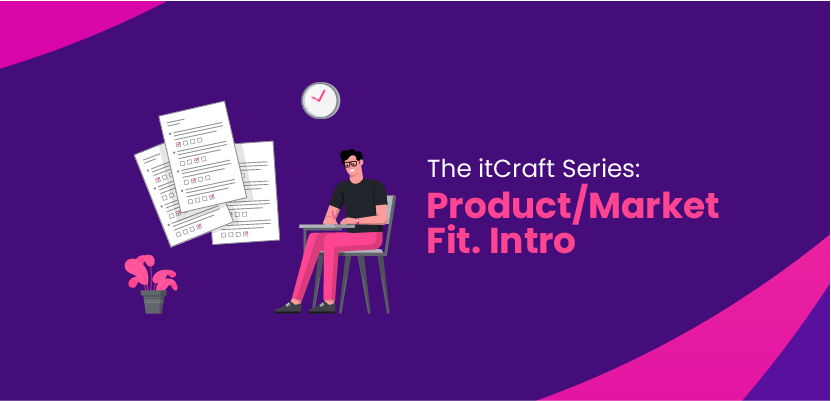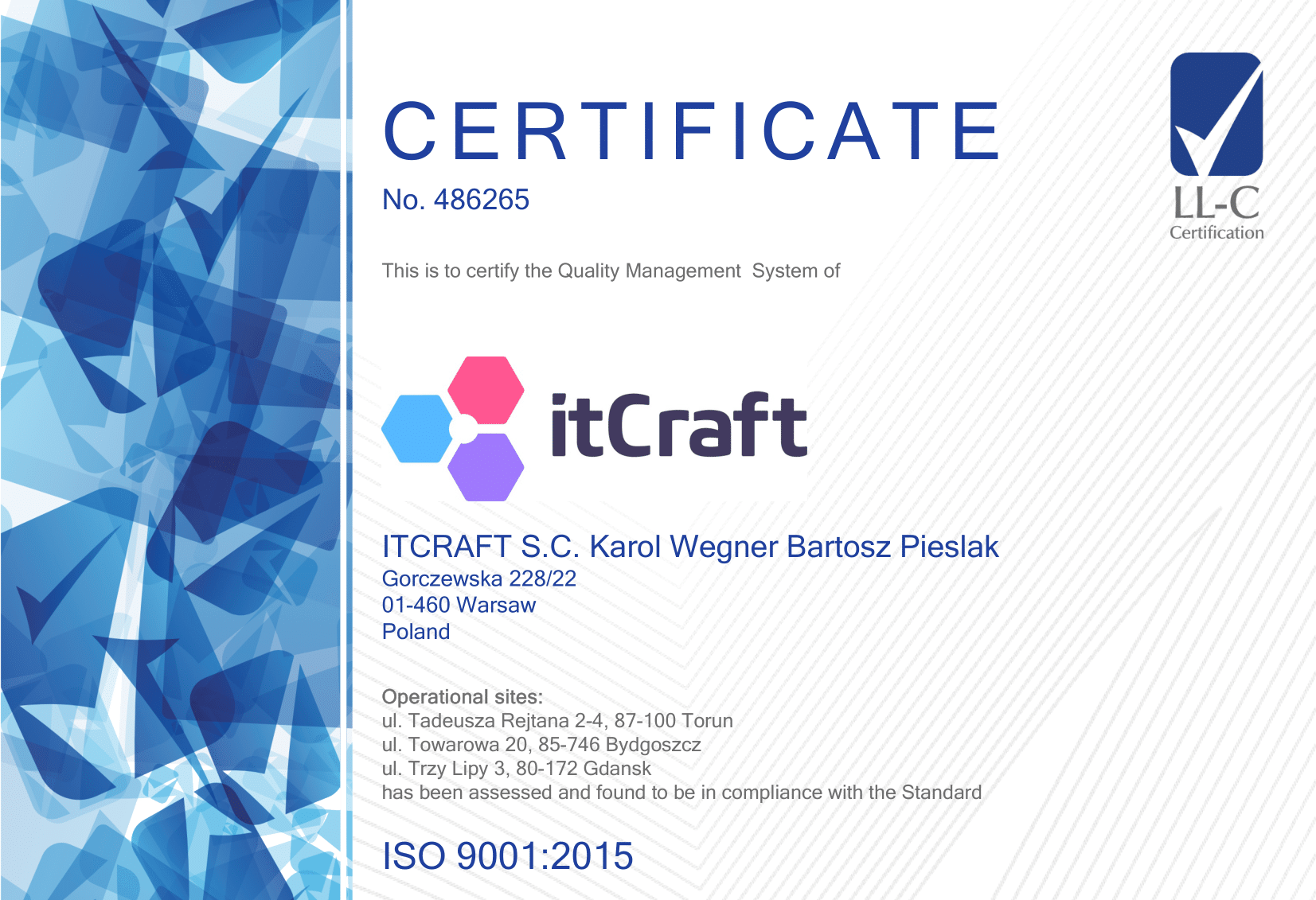10 awesome tips for developing user friendly apps

Paweł

Thinking of building a new app? Well one thing’s for sure: you’re not the only one. Before you start explaining how useful it will be, just stop there for the 5 minutes it will take you to read this article. There are currently 2,2 million apps on Apple Store and 2,7 million on Google Play. And, as predicted by TechCrunch, the number of live apps on Apple Store will reach 5 million by 2020. I think you can already tell where this is going. You’re right if you’re thinking “Hey, that’s a lot of apps compared to what people actually use!”.
According to last year’s App Annie research, despite an increase in time spent using mobile applications, users only access an average of 30 apps and only 9 of them are launched on a daily basis. Those numbers show how hard it is to gain a competitive advantage and shine among millions. So who in their right mind would want to build another app? I’ll tell you who and how. Someone who knows how to build the next superstar app that people will actually use. Someone who doesn’t stop at a brilliant idea for an user friendly mobile application (there’s a great chance it’s not entirely new) but actually focuses on stellar execution.
Navigation
What user friendly means?How to create the best app?
Tip #1: Make the app useful!
Tip #2: Focus on your target group
Tip #3: Make app acessable
Tip #4: Don’t make somones mistakes from the past
Tip #5: No redirect
Tip #6: Insert push notification
Tip #7: Don’t reinwent the weel
Tip #8: Make it eye-catching
Tip #9: Security first!
Tip #10: Let them help yourself
What a user friendly app actually means?
User friendly means that for customer app is intuitive, easy to use, simple and that the customer can rely on the product. It is easy to start with the app and understand how to use it, high complexity is not valuable for the user. Reliability is a crucial element as an app cannot help the user while having bugs and not working properly.
Also important is user experience (UX) and user interface (UI). UX means that the app was made for the customer to fulfill his needs and expectations. UI means that the interface of the app is well customized and easy to understand for the targeted group. So how to get the title “user-friendly” for your app? Just remember it is all about the user, plan it simple, solid and useful and then start developing!
How to create app user will love?
So how to build an application user will love? It’s hard to say as there is unlimited number of groups you can target and all of them will have different needs and expectations. Just to help you out a bit we prepared 10 tips that will be a great help in developing a user friendly mobile app!
Tip #1: Make the app useful!
This is a key point in mobile app development. An app has to, first and foremost, be helpful to the user in a real way, such as saving their time, money and generally make their life easier.
A good place to start is to incorporate that user value in your elevator pitch. Is your business really addressing an important issue people have? Try to say it in one convincing sentence. Test it on your friends, family, random people, and – most importantly – on the people in your target group. Ask them if they think that what your business has to offer actually makes sense.
Here’s a template you can use: My company (name), is developing (a defined offering), to help (target audience), (solve a problem) with (secret sauce).
Tip #2: Understand your users
This might be an obvious one, but too often we see it being skipped out by app developers due to lack of time and impatience: you need to get people to test your app before going live. These cannot be folks who had been in any way involved in the process of designing or developing of your product. What will you be testing? How they are navigating your app, whether it’s intuitive enough and doesn’t cause them frustration. One way to test and collect feedback is MVP development process.
Once the beta testing stage is completed, you can collect the feedback and introduce any necessary changes before you launch your app. Social media is an amazing place to ask uninvolved people about constructive opinions on what can be improved and what would they expect.
Tip #3: Make sure onboarding is (super) easy
Apps that require users to register in the first step are a thing of the past. Forcing people through this stage creates very high bounce rates. Get rid of any barriers that might stop people by asking them about their personal or credit card details even before they start using the app.
If your application requires any of these things, that’s fine but make sure users already like your app before you ask them to commit and trust you.
Tip #4: Use best practices of app development
With so many applications around and so few truly successful ones, it’s smart to follow in the footsteps of those who succeeded. This doesn’t have to mean copying anyone, it just means not repeating the mistakes of so many who came before you. Read our app developer guide to get to know about the application development life cycle.
This is especially true when it comes to app design. We all love letting our imagination and creativity run wild, but the truth is that when it comes to app the design has to be functional. This means that more often than not, experimenting outside a well tested framework is not good practice and can lead you and your business astray. Always use a designer who knows about mobile and get familiar with popular guidelines available online such as Google’s Material Design.
Tip #5: Avoid redirects
A good app should consist of everything that a user needs to navigate it and solve his problem. Hence, linking or redirecting to external pages from your app is very bad practice.
If you can’t include everything in your app, keep in mind that it’s always better to give the user less options. Concentrate on perfecting your product’s key functionality instead of providing several low-quality solutions.
Tip #6: Design user touchpoints
Consider specific situations when the user might want to use your app and prepare accordingly. From a technical standpoint, push notifications are a great tool you should be experimenting with.
People have mixed feelings about them, but that’s only because many apps overuse this mechanism or use it the wrong way. But when applied correctly, push notifications will attract people back into the product exactly at the time when they most need it.
Think of Uber sending you the message “Your driver has arrived” exactly when you need it to do that. This isn’t some redundant piece of information you could live without, it’s actually essential and hence doesn’t irritate you.
Tip #7: Integrate when possible
This could just be summed up by ‘don’t reinvent the wheel’. If you need, say, a payment system, a chat bot or a file sharing option, use the tools people are already familiar with that you can integrate into your product at a low cost.
This way you are making it easier for them and making your product better by teaming up with high standard systems people already love. Don’t forget ready-to-integrate components such as Stripe, Send Bird or Google Docs.
Tip #8: Make pretty things people want
As much as the main function of design is good user experience (see point 4), making your product look good should not be underestimated either. This is often tested when you launch your app through Apple Store or Google Play: slick-looking apps tend to get more downloads.
It’s a simple fact that people prefer to look at pretty things and so spending enough time and resources on stellar design will pay off. This is true for any industry but especially applies to “cool” apps such as those to do with entertainment, social networking or trends.
Tip #9: Create a safe environment
With so many apps around, it’s not surprising that we are hearing about more and more about users data being compromised. If you are requiring users’ credit card details, make sure you use trustworthy payment service providers such as Stripe or Braintree.
If you aren’t 100% sure about your app’s security it’s often safer to integrate a Facebook or Google login into your app as then you are outsourcing your users’ security to well safeguarded products. This is a very welcome practice by users as it means they don’t have to register again but jus log in with social media profile
Tip #10: Grow your friendly app by listening to your users
As you know, technology advancement is exponential. New operating systems create new possibilities for mobile apps to avoid previously notorious errors. Constantly changing smartphone screens sizes may require adjusting the layout of your product. User behaviour also changes, meaning that what worked amazingly yesterday may be terribly annoying for your users next month.
Keep reading and replying to your users’ comments, encourage them to share feedback and implement their suggestions in the next version of your app. Get very friendly with Google Analytics or Fabric to make sure you are always on top of things.




